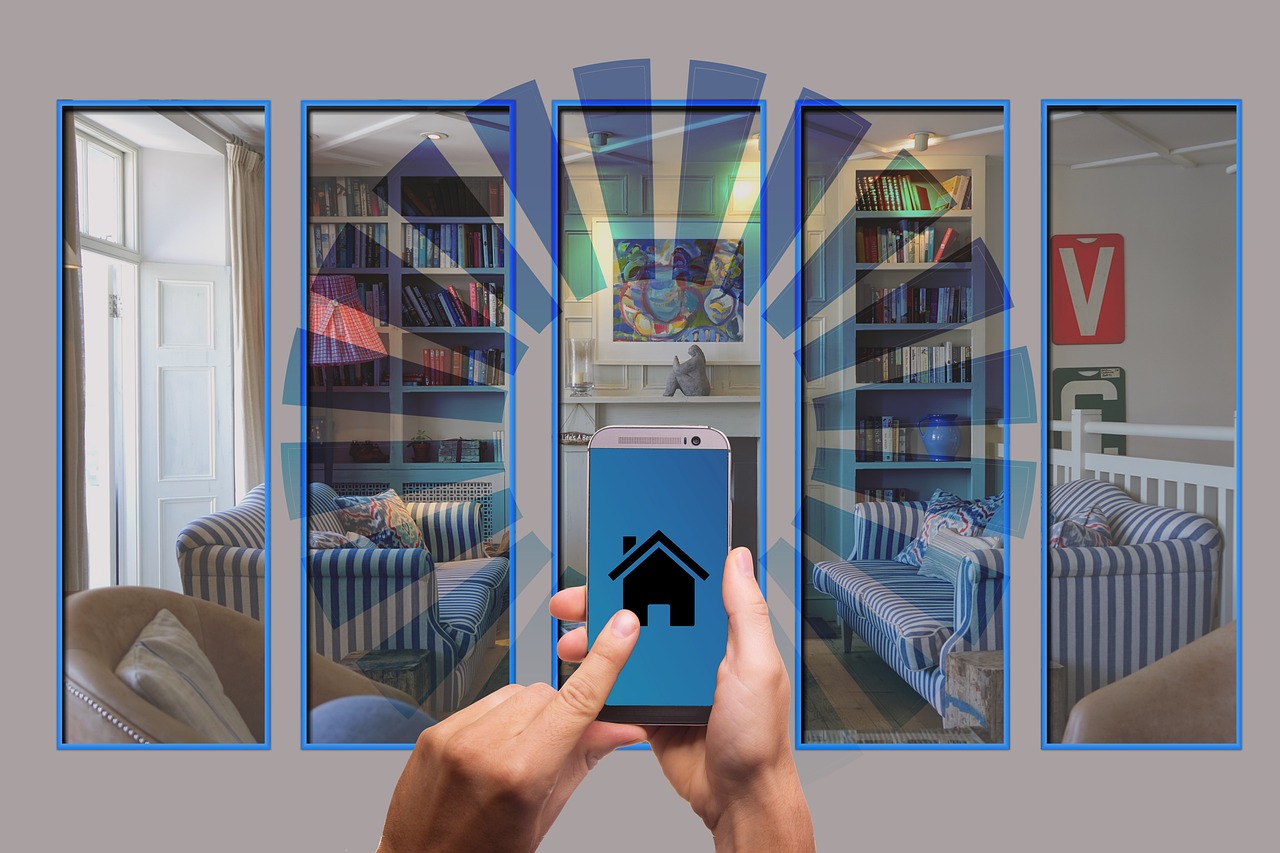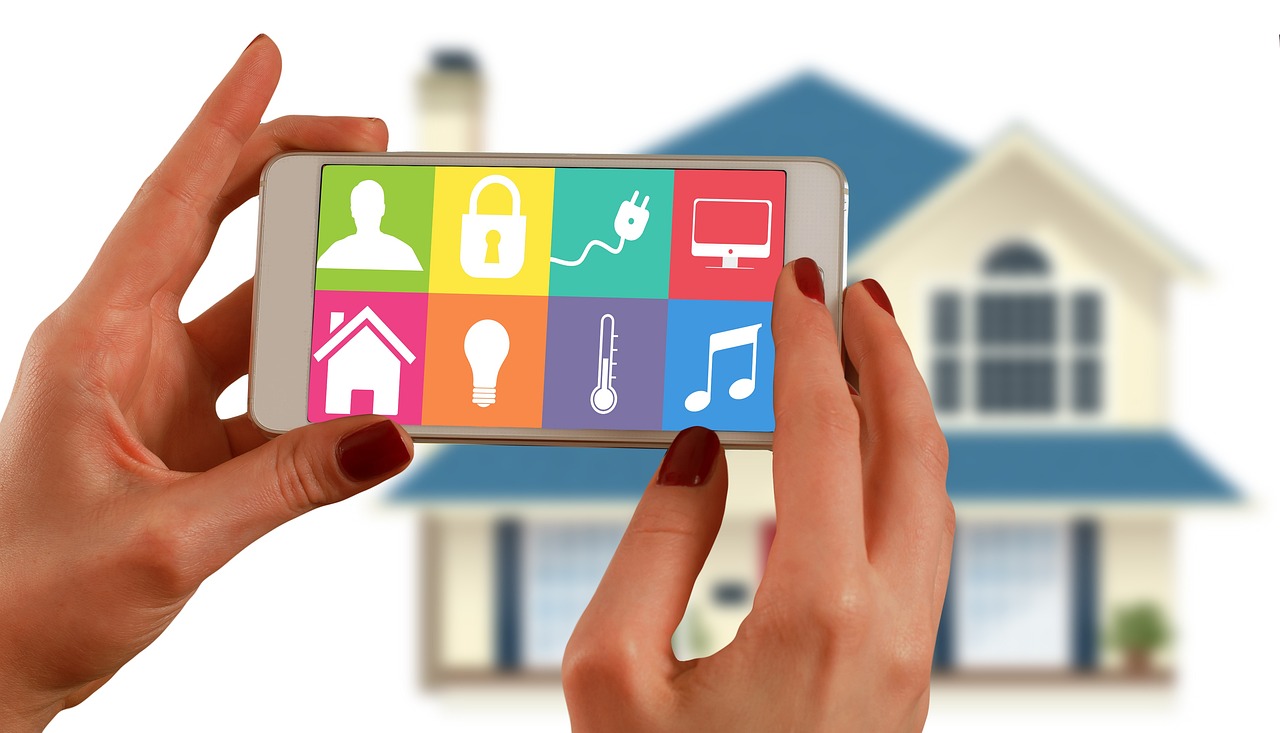The landscape of smart home technology has undergone a dramatic transformation in recent years, revolutionizing the way we interact with our living spaces. Today’s smart homes are equipped with an array of interconnected devices and systems that offer unprecedented levels of comfort, convenience, and control. From voice-activated assistants to intelligent climate control, the modern smart home is a testament to rapid technological advancement and changing consumer expectations.
| Technology | Adoption Rate | Key Features |
|---|---|---|
| Smart Thermostats | 32% | Energy savings, remote control, learning capabilities |
| Voice Assistants | 39% | Voice control, home automation hub, information access |
| Smart Security Systems | 28% | Remote monitoring, motion detection, smartphone alerts |
| Smart Lighting | 17% | Energy efficiency, customizable ambiance, scheduling |
| Smart Appliances | 15% | Remote operation, energy management, predictive maintenance |
Key Players in the Smart Home Market
The smart home industry is dominated by tech giants who have leveraged their expertise in software, hardware, and cloud computing to create comprehensive ecosystems. The leading companies include:
- Google
- Nest thermostats and security systems
- Google Home smart speakers
- Android-based smart home platform
- Amazon
- Echo smart speakers with Alexa
- Ring security devices
- AWS IoT services for developers
- Apple
- HomeKit smart home platform
- HomePod smart speakers
- Siri voice assistant integration
Integration and Interoperability Challenges
Despite the rapid advancement of smart home technology, consumers still face significant challenges when it comes to integrating different devices into a seamless system. Common issues include:
- Incompatible communication protocols
- Lack of standardization across brands
- Complex setup processes
- Security concerns with multiple connected devices
- Inconsistent user experiences across different apps and interfaces
To address these challenges, industry initiatives like Matter (formerly Project CHIP) are working to create universal standards for smart home devices, promising a future where interoperability is the norm rather than the exception.
Emerging Trends in Smart Home Technology

As the smart home market continues to evolve, several key trends are shaping the future of this technology. These innovations promise to make our homes more intelligent, efficient, and responsive to our needs than ever before.
Artificial Intelligence and Machine Learning
Artificial Intelligence (AI) and Machine Learning (ML) are at the forefront of smart home innovation, enabling devices to learn from user behavior and adapt to changing preferences and routines.
| Current AI Capabilities | Future AI Advancements |
|---|---|
| Basic voice recognition | Natural language understanding |
| Scheduled automations | Predictive home management |
| Rule-based decision making | Contextual awareness and adaptation |
| Single-device optimizations | Whole-home ecosystem optimization |
| Limited personalization | Deep personalization across all devices |
As AI and ML technologies advance, we can expect smart homes to become more intuitive, anticipating our needs before we even express them. This could lead to truly automated homes that adjust lighting, temperature, and ambiance based on occupants’ moods, activities, and preferences.
The Rise of 5G Connectivity
The rollout of 5G networks is set to revolutionize smart home technology by providing faster, more reliable connectivity. Benefits of 5G for smart homes include:
- Ultra-low latency for real-time device control
- Increased capacity for connecting multiple devices simultaneously
- Enhanced reliability for critical systems like security and healthcare monitoring
- Improved energy efficiency for battery-powered devices
- Support for high-bandwidth applications like 4K video streaming and VR/AR experiences
These advancements will enable a new generation of smart home devices that can communicate and respond to commands almost instantaneously, creating a more seamless and responsive living environment.
Enhanced Home Security Solutions
Home security is one area where smart technology is making significant strides. Modern smart security systems offer a level of protection and peace of mind that was previously unattainable for most homeowners.
New security features in smart home products include:
- Facial recognition for personalized access control
- AI-powered cameras that can distinguish between people, animals, and vehicles
- Smart doorbells with two-way audio and video communication
- Environmental sensors for detecting smoke, carbon monoxide, and water leaks
- Geofencing technology for automatic arming and disarming based on occupants’ locations
These advanced security solutions not only protect homes from intruders but also provide comprehensive monitoring for a wide range of potential hazards, allowing homeowners to respond quickly to emergencies.
Sustainability and Energy Efficiency
Smart home technology is playing an increasingly important role in promoting sustainable living and energy efficiency. By providing detailed insights into energy consumption and automating resource management, smart devices are helping homeowners reduce their environmental impact while also saving money on utility bills.
Smart Thermostats and Energy Management
Smart thermostats are at the forefront of energy-efficient home technology, offering sophisticated control over heating and cooling systems. These devices learn from user behavior and environmental conditions to optimize temperature settings, resulting in significant energy savings.
| Feature | Traditional Thermostat | Smart Thermostat |
|---|---|---|
| Energy Savings | Minimal | Up to 15% on heating, 10% on cooling |
| Remote Control | No | Yes, via smartphone app |
| Learning Capability | No | Yes, adapts to user habits |
| Occupancy Detection | No | Yes, adjusts based on presence |
| Energy Use Reports | No | Yes, detailed consumption analytics |
Beyond thermostats, comprehensive energy management systems are emerging that can control and monitor all aspects of a home’s energy use, from appliances to lighting, providing homeowners with unprecedented control over their energy consumption.
Green Technology and Eco-Friendly Innovations
The integration of green technology into smart homes is accelerating, with a focus on reducing resource consumption and promoting sustainable living practices.
Popular eco-friendly smart home products include:
- Solar-powered outdoor lighting and security cameras
- Smart water meters and leak detection systems
- Automated smart blinds for natural temperature regulation
- Energy-harvesting sensors for wireless device powering
- Smart power strips that eliminate standby power consumption
- Composting and recycling assistants with AI sorting capabilities
These innovations not only contribute to a more sustainable lifestyle but also often result in long-term cost savings for homeowners, making green technology an increasingly attractive option in the smart home market.
The Future of Smart Home Ecosystems

As we look towards the horizon of smart home technology, we see a future where our living spaces become even more integrated, intuitive, and responsive to our needs. Emerging technologies like blockchain and quantum computing may soon play a role in creating more secure, efficient, and powerful smart home ecosystems.
The Role of IoT (Internet of Things)
The Internet of Things (IoT) will continue to be the backbone of smart home technology, connecting an ever-growing number of devices and systems to create truly intelligent living environments.
| IoT Aspect | Current State | Future Prediction |
|---|---|---|
| Device Connectivity | Hundreds of devices per home | Thousands of interconnected sensors and devices |
| Data Processing | Cloud-based analysis | Edge computing for real-time responsiveness |
| Security | Basic encryption | Quantum cryptography for unbreakable security |
| Interoperability | Limited cross-brand compatibility | Universal standards and seamless integration |
| AI Integration | Basic automation and voice control | Advanced cognitive systems with emotional intelligence |
As IoT technology advances, we can expect to see homes that are not just automated, but truly intelligent, capable of making complex decisions and adapting to our lifestyles in ways we’re only beginning to imagine.
Smart Homes and the Metaverse
The concept of the metaverse – a collective virtual shared space – is set to intersect with smart home technology in fascinating ways. This convergence could redefine how we interact with our physical and digital environments.
Potential metaverse applications within smart homes:
- Virtual home tours and remote property management
- Augmented reality interfaces for controlling smart devices
- Virtual meeting spaces within the home environment
- Digital twins of homes for predictive maintenance and optimization
- Immersive entertainment experiences blending physical and virtual elements
- Virtual shopping experiences for home goods and furnishings
- Remote expert assistance for home repairs and installations
As the boundaries between physical and digital spaces blur, smart homes will become portals to expansive virtual worlds, offering new possibilities for work, entertainment, and social interaction.
Conclusion
The evolution of smart home technology represents a profound shift in how we interact with our living spaces. From the current landscape of connected devices to the emerging trends in AI, 5G, and sustainability, smart homes are becoming more capable, efficient, and attuned to our needs. As we look to the future, the integration of IoT and the metaverse promises to create living environments that are not just smart, but truly intelligent and immersive.
To prepare for these advancements, consumers should focus on investing in flexible, upgradeable systems and staying informed about emerging standards and technologies. The smart home of tomorrow will offer unprecedented levels of comfort, efficiency, and personalization – a future that is both exciting and within reach.

